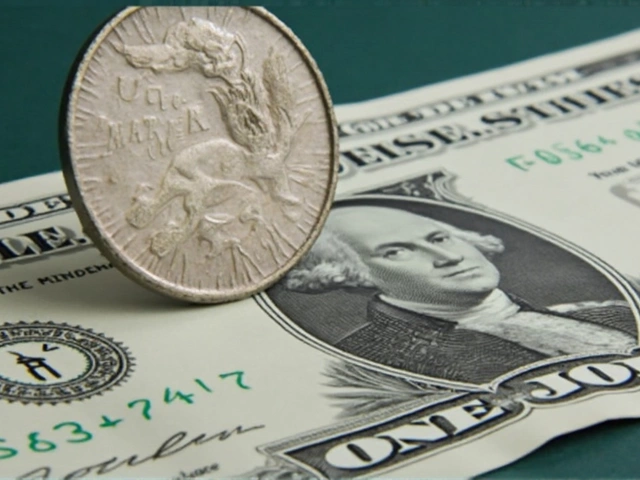Nikkei Explained: A Simple Guide to Japan’s Stock Index
If you hear the word "Nikkei" on the news, it’s talking about Japan’s biggest stock market index. Think of it as a scorecard that shows how the top 225 companies in Japan are doing. It’s not a company itself, but a quick way to see if the market is up or down.
Why should you care? The Nikkei moves with the same forces that affect markets everywhere – big news, economic data, and investor sentiment. When the Nikkei goes up, it often means investors are feeling confident about Japan’s economy. When it drops, they might be worried about something like a slowdown or a policy change.
How the Nikkei 225 Is Calculated
The Nikkei isn’t a weighted average like some other indexes. Instead, it’s a price‑weighted index. That means the price of each of the 225 stocks is added together, and then the total is divided by a number called a divisor. The divisor is adjusted whenever a company in the list changes, like if a stock splits or a new company is added.
This method gives more influence to higher‑priced stocks. For example, if a high‑priced tech stock moves a lot, it will swing the Nikkei more than a lower‑priced retailer. That’s why you’ll see big swings when big names like Toyota or Sony have big moves.
Why the Nikkei Matters to Global Investors
Even if you don’t plan to buy Japanese stocks, the Nikkei can tell you about global trends. Japan is a major exporter of cars, electronics, and machinery. When the Nikkei rises, it often reflects confidence in those sectors, which can ripple into other markets.
Investors also watch the Nikkei for currency clues. A strong Nikkei can signal a strong yen, which affects trade balances worldwide. Many fund managers use the Nikkei as part of a broader diversification strategy – holding a slice of Japan can balance out risk from other regions.
So, how can you keep an eye on the Nikkei? Most financial news sites show the latest number right on their homepage. You can also set up alerts on your phone or use a brokerage app that tracks global indexes. Watching the daily change (up or down) and the percentage move gives you a quick sense of market mood.If you want to invest, you have a few options. You can buy exchange‑traded funds (ETFs) that mimic the Nikkei’s performance, or you can pick individual Japanese stocks if you like a more hands‑on approach. Both routes let you ride the same wave the Nikkei measures.
Remember, the market goes up and down; it’s normal. The key is to stay informed, understand why the Nikkei moves, and decide how much of your portfolio you want exposed to Japan. With a simple watch on the index and a clear plan, you can use the Nikkei as a useful tool in your investing toolbox.
Dow Jones Futures Drop as Middle East Tensions Rattle Markets, Nikkei and Taiwan Show Strength
As investors worried about the Israel-Iran conflict, Dow Jones futures slid and erased gains across U.S. markets. Asian markets, with Japan’s Nikkei and Taiwan’s main index, remained resilient, highlighting different risk perspectives. U.S. tech stocks and oil prices also reacted sharply.





